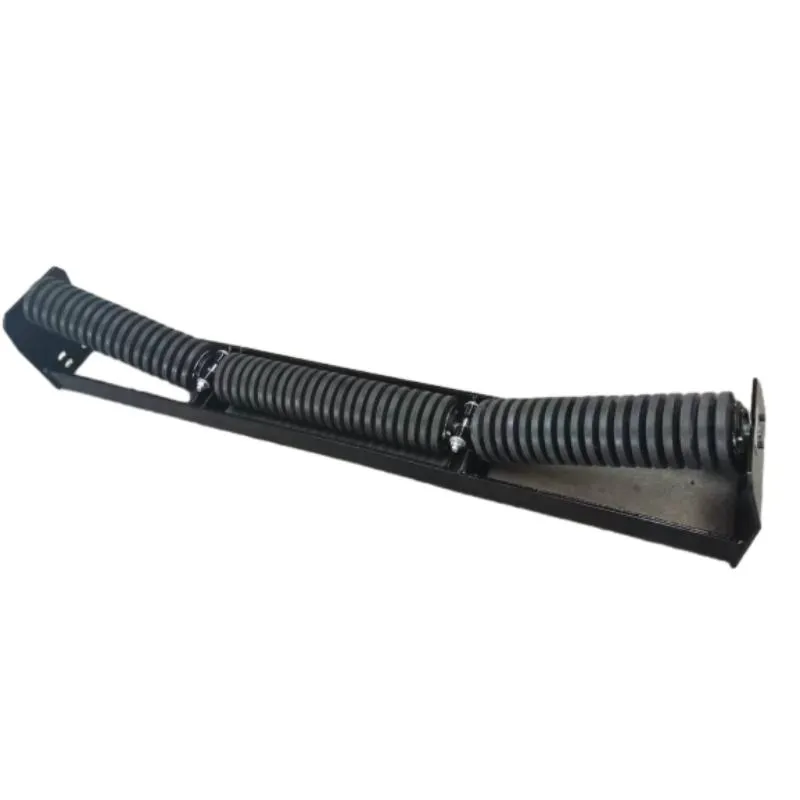 Afrikaans
Afrikaans  Albanian
Albanian  Amharic
Amharic  Arabic
Arabic  Armenian
Armenian  Azerbaijani
Azerbaijani  Basque
Basque  Belarusian
Belarusian  Bengali
Bengali  Bosnian
Bosnian  Bulgarian
Bulgarian  Catalan
Catalan  Cebuano
Cebuano  Corsican
Corsican  Croatian
Croatian  Czech
Czech  Danish
Danish  Dutch
Dutch  English
English  Esperanto
Esperanto  Estonian
Estonian  Finnish
Finnish  French
French  Frisian
Frisian  Galician
Galician  Georgian
Georgian  German
German  Greek
Greek  Gujarati
Gujarati  Haitian Creole
Haitian Creole  hausa
hausa  hawaiian
hawaiian  Hebrew
Hebrew  Hindi
Hindi  Miao
Miao  Hungarian
Hungarian  Icelandic
Icelandic  igbo
igbo  Indonesian
Indonesian  irish
irish  Italian
Italian  Japanese
Japanese  Javanese
Javanese  Kannada
Kannada  kazakh
kazakh  Khmer
Khmer  Rwandese
Rwandese  Korean
Korean  Kurdish
Kurdish  Kyrgyz
Kyrgyz  Lao
Lao  Latin
Latin  Latvian
Latvian  Lithuanian
Lithuanian  Luxembourgish
Luxembourgish  Macedonian
Macedonian  Malgashi
Malgashi  Malay
Malay  Malayalam
Malayalam  Maltese
Maltese  Maori
Maori  Marathi
Marathi  Mongolian
Mongolian  Myanmar
Myanmar  Nepali
Nepali  Norwegian
Norwegian  Norwegian
Norwegian  Occitan
Occitan  Pashto
Pashto  Persian
Persian  Polish
Polish  Portuguese
Portuguese  Punjabi
Punjabi  Romanian
Romanian  Russian
Russian  Samoan
Samoan  Scottish Gaelic
Scottish Gaelic  Serbian
Serbian  Sesotho
Sesotho  Shona
Shona  Sindhi
Sindhi  Sinhala
Sinhala  Slovak
Slovak  Slovenian
Slovenian  Somali
Somali  Spanish
Spanish  Sundanese
Sundanese  Swahili
Swahili  Swedish
Swedish  Tagalog
Tagalog  Tajik
Tajik  Tamil
Tamil  Tatar
Tatar  Telugu
Telugu  Thai
Thai  Turkish
Turkish  Turkmen
Turkmen  Ukrainian
Ukrainian  Urdu
Urdu  Uighur
Uighur  Uzbek
Uzbek  Vietnamese
Vietnamese  Welsh
Welsh  Bantu
Bantu  Yiddish
Yiddish  Yoruba
Yoruba  Zulu
Zulu v belt idler pulley
Understanding V-Belt Idler Pulleys A Comprehensive Overview
V-belt idler pulleys play a crucial role in various mechanical applications, particularly in systems where power transmission via belts is prominent. This article delves into the functionality, types, advantages, and maintenance of V-belt idler pulleys, providing essential insights for engineers, technicians, and DIY enthusiasts.
What is a V-Belt Idler Pulley?
A V-belt idler pulley is a wheel or drum that guides and redirects a V-belt within a mechanical system. V-belts are typically used to transfer power between rotating shafts, and the idler pulley helps maintain proper tension and alignment in the belt. Proper functioning of these components ensures efficient power transfer, reduces wear on belts and pulleys, and enhances the overall performance of a mechanical system.
Functionality of Idler Pulleys
The primary function of a V-belt idler pulley is to maintain tension in the V-belt. When a belt is too loose, it can slip off the pulleys, leading to energy loss and potential damage. Conversely, if the belt is too tight, it can cause excessive wear on both the belt and the pulleys, ultimately leading to their premature failure. An idler pulley helps balance the tension in the system, ensuring that the belt operates within its optimal tension range.
In addition to tensioning the belt, idler pulleys also play a role in redirecting the path of the belt. They can change the angle of the belt's travel, allowing for more compact machinery designs and versatile layouts. This flexibility is particularly advantageous in tight spaces where maintaining a straight-line configuration is challenging.
Types of V-Belt Idler Pulleys
There are several types of V-belt idler pulleys, each designed to suit specific applications. The most common types include
1. Fixed Idler Pulleys These pulleys remain stationary and maintain a consistent path for the belt. They are commonly used in applications where the belt's path does not need to change.
2. Adjustable Idler Pulleys These allow for the tension of the belt to be adjusted manually. Some models may feature a sliding mechanism that can be tightened or loosened, providing flexibility for maintenance and belt replacement.
3. Spring-loaded Idler Pulleys These use a spring mechanism to automatically adjust belt tension. This type of idler pulley is particularly beneficial in applications where belt stretch or wear occurs frequently, as it can adapt without manual intervention.
4. Grooved Idler Pulleys Designed with a groove that aligns with the V-belt, these pulleys help keep the belt securely in place, minimizing the risk of slippage.
Advantages of V-Belt Idler Pulleys
v belt idler pulley

Incorporating V-belt idler pulleys in mechanical systems brings numerous advantages
- Enhanced Efficiency By maintaining optimal tension, idler pulleys ensure that the belt transmits power efficiently without slippage
.- Extended Belt Life Consistent tension reduces wear and tear on belts, contributing to longer service life and decreased replacement frequency.
- Reduced Noise and Vibration Properly tensioned belts experience less vibration, translating into smoother operation and lower noise levels.
- Flexible Design Options Idler pulleys allow for creative design solutions in machinery layout, enabling more compact and efficient systems.
Maintenance of V-Belt Idler Pulleys
Regular maintenance of V-belt idler pulleys is critical to ensure their longevity and functionality. Here are some best practices
1. Routine Inspections Regularly check for wear on the pulley and belt. Look for signs of fraying, cracks, or deformities.
2. Tension Adjustments If using adjustable or spring-loaded idler pulleys, periodically verify that the belt tension is within the manufacturer's recommended range.
3. Cleaning Keep the pulleys clean from debris and contaminants that could interfere with belt operation.
4. Alignment Checks Ensure that the pulleys and belts are properly aligned to prevent undue stress and wear on either component.
Conclusion
V-belt idler pulleys are integral components in the realm of mechanical systems, facilitating efficient power transmission while prolonging the life of belts. Understanding their functionality, types, and maintenance requirements empowers users to optimize their machinery performance and reduce downtime. Whether in industrial applications, automotive systems, or home equipment, the importance of V-belt idler pulleys cannot be understated in achieving reliable operation.
-
Revolutionizing Conveyor Reliability with Advanced Rubber Lagging PulleysNewsJul.22,2025
-
Powering Precision and Durability with Expert Manufacturers of Conveyor ComponentsNewsJul.22,2025
-
Optimizing Conveyor Systems with Advanced Conveyor AccessoriesNewsJul.22,2025
-
Maximize Conveyor Efficiency with Quality Conveyor Idler PulleysNewsJul.22,2025
-
Future-Proof Your Conveyor System with High-Performance Polyurethane RollerNewsJul.22,2025
-
Driving Efficiency Forward with Quality Idlers and RollersNewsJul.22,2025





























